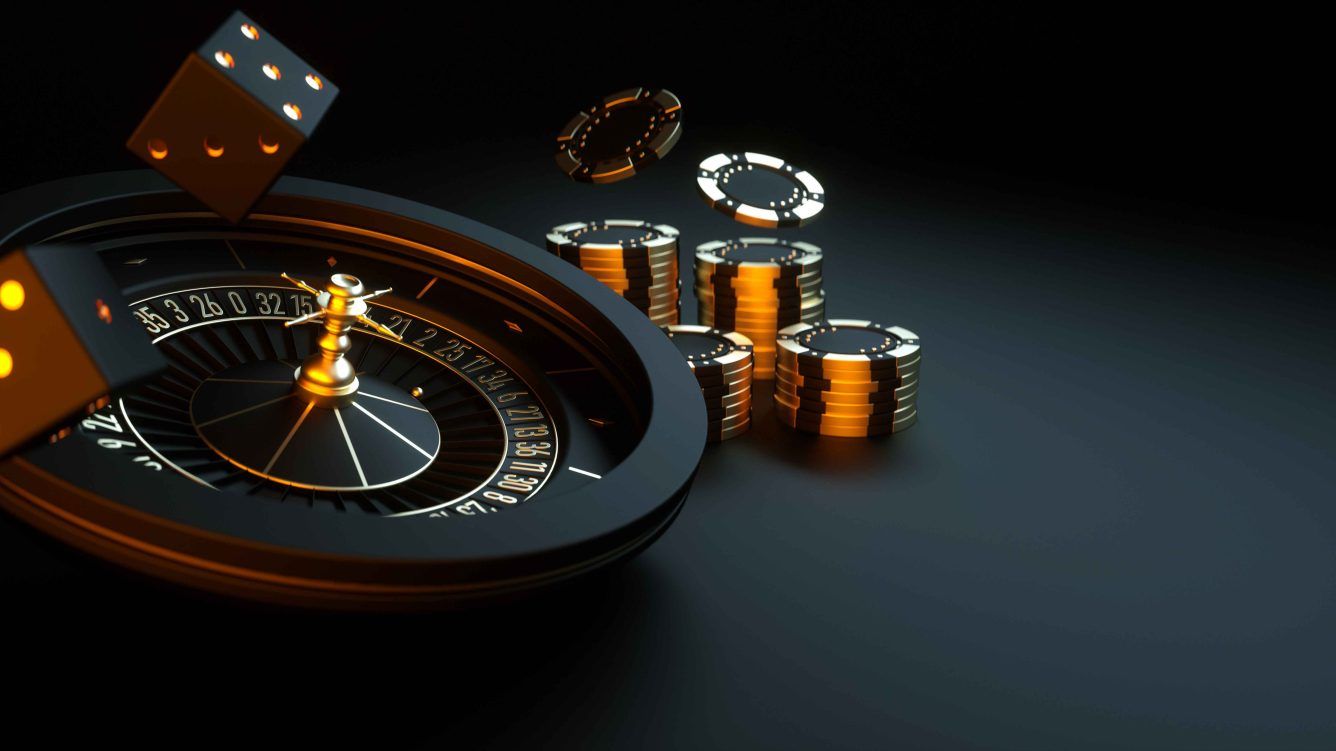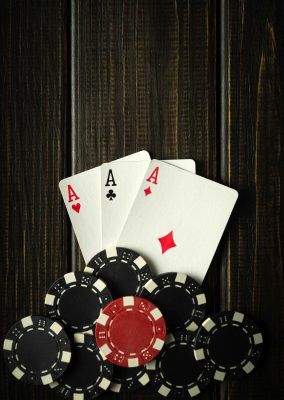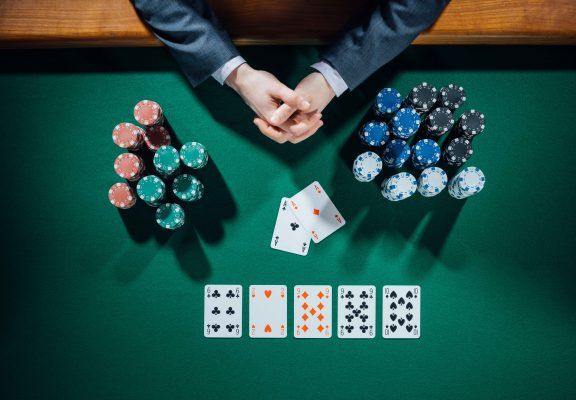Mastering the art of surrendering in blackjack is a crucial component of any player’s strategy. By knowing when to surrender, you can significantly reduce losses and enhance your overall gains. However, the key lies in understanding the precise moments when this tactic is most beneficial. In this article, we’ll look at the concept of surrendering in blackjack and explain the situations when it makes sense to do it to increase your chances of winning.
The Basics of Surrendering
So, what does surrender mean in blackjack? Well, surrender allows you to fold and lose only half of the initial bet. This option is available after the initial deal but before any additional cards are drawn. Opting for surrender means you concede defeat, forfeiting the opportunity to win that round while mitigating a potentially bigger loss.
However, it’s important to note that not all casinos or blackjack variations offer this option. Still, when it is available, it can be a valuable asset in your strategy. The decision to surrender is typically based on the strength of the dealer’s up-card and the player’s hand.
The blackjack surrender strategy suggests that if a player has a weak hand and the dealer’s up-card is a 9, 10, or an ace, it may be beneficial to surrender. In such scenarios, the dealer is more likely to have a strong hand, possibly even a natural blackjack, diminishing your chances of winning with a weaker hand.
By surrendering strategically, you can minimize losses when the odds are not in your favor and conserve your resources for rounds where your hand is stronger and more likely to win. Ultimately, understanding when to surrender in blackjack can be an important component of a player’s overall strategy, which will, in turn, help them make more calculated decisions at the table.
Early Surrender
Early surrender in blackjack, while not commonly offered in most casinos, is a strategic choice that allows players to fold before the dealer checks for blackjack. This option enables you to lose only half of your bet, irrespective of whether the dealer has a natural blackjack. This means that you can save money in situations where you have a weak hand, and the dealer’s up-card is a strong card like a 10 or an ace.
For example, if you have a hard 16 against a dealer’s 10 up-card, you’re likely to lose the hand since this is a difficult position for every player. In this case, opting for early surrender to mitigate your losses is a wise decision. This choice is often more favorable than risking the entire wager.
Early surrender may seem like a logical move, but it’s vital to keep in mind that it’s not always the best option. There are situations where it’s more advantageous to play out the hand, hoping to improve it with additional cards. Early surrender is not a one-size-fits-all solution but a tactical tool to be used judiciously.
Late Surrender
Late surrender in blackjack allows you to surrender a hand and lose only half of your original bet after the dealer checks for blackjack. Typically, it’s a more common option than early surrender.
Similar to early surrender, the decision to opt for late surrender should be based on the strength of your hand versus the dealer’s up-card. For example, if you have a hard 16 and the dealer’s face-up card is a 9, 10, or an ace, surrendering the hand might be a good option to cut losses in half. It’s important to keep in mind, however, that not all surrender options are the same. Let’s take the hard 16 again as an example, but the dealer’s face-up card is a 7 or 8. In that case, it’s a better option to continue playing because there’s a greater chance for the dealer to go bust.
As you can see, there’s no foolproof recipe. This strategy requires careful consideration of each situation and the cards.
Check for Blackjack Surrender Rules
It’s important to keep in mind that not all casinos offer surrender as an option. Even if they do, there might be restrictions and variations. For instance, some casinos may offer only early surrender, which can be done only before the dealer checks for blackjack. This option can be particularly advantageous in situations where the player anticipates a strong dealer’s hand.
Others may offer only late surrender, which can be done only after the dealer checks for blackjack. Late surrender is more common and often considered a more conservative approach, as it allows players to assess the dealer’s initial hand strength before making a decision.
Most casinos accept hand signals for surrendering. To indicate that you want to surrender, place your cards on the table and use your index finger to draw a horizontal line. That will signal to the dealer that you want to surrender your hand.
In addition, some casinos may restrict the use of surrender to specific blackjack types and tables, while others may limit the number of times a player can surrender during a single game. This restriction is often based on the house rules or the betting limits of the table. High-stakes tables, for instance, might have different surrender options compared to lower-stakes games. Furthermore, when you play blackjack online, some tables don’t offer this option.
Therefore, it’s recommended to check the rules and regulations with the casino you’re interested in before you start playing. This can involve checking the casino’s website, consulting with the dealer or a floor manager, or reading the rules at a particular blackjack table.
To Surrender or Not to Surrender in Blackjack
Early and late surrender can be important components of a blackjack strategy. However, mastering blackjack requires a holistic approach that encompasses various aspects of the game. Generally, early surrender is often seen as a more advantageous option compared to late surrender. This is because a blackjack game that includes early surrender tends to have a lower house edge, offering a slight advantage to the player.
Still, many experienced gamblers advise against surrendering in blackjack, claiming that it’s better to focus on developing a solid strategy. The rationale is that while surrendering can be a useful tool in specific situations, relying on it heavily can detract from the development of other important skills and strategies in blackjack.
Therefore, it’s important to view surrendering as a strategic choice rather than a habitual fallback. It should be an informed decision made in the context of each hand, considering the strength of your hand, the dealer’s up-card, and the overall flow of the game.








